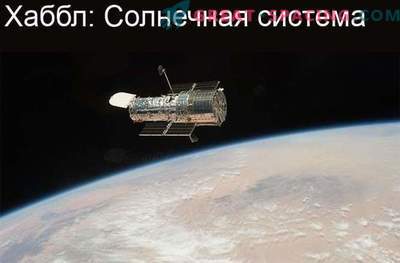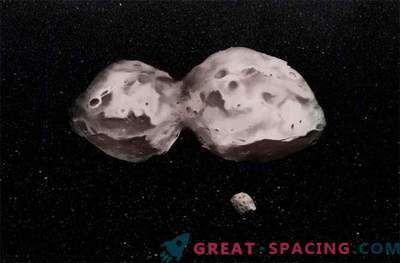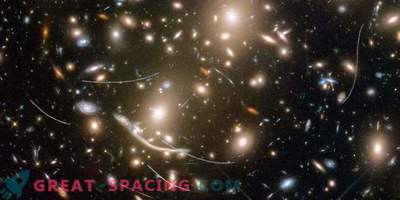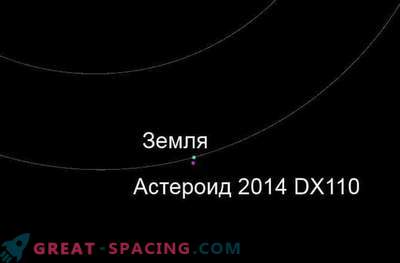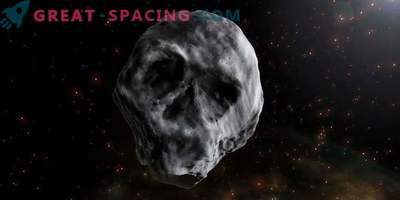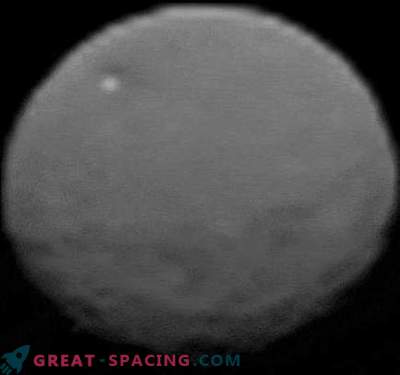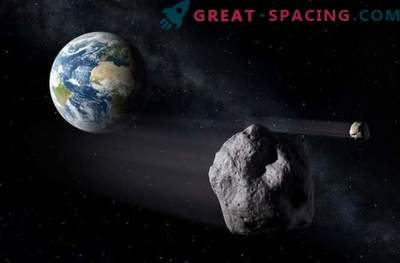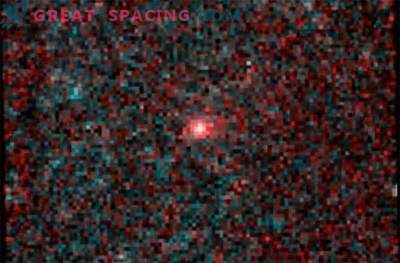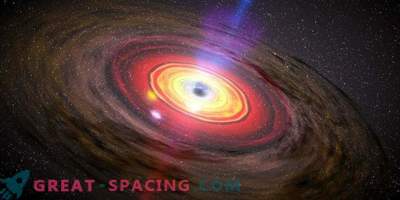
Hubble has noticed many strange things since he was launched in 1990, but this is probably one of the strangest.
In September 2013, the celestial exploration of Catalina and Pan-STARRS noticed a mysterious object in the asteroid belt - a region filled with rocky debris and which occupies the space between the orbits of Mars and Jupiter. Subsequent observations at the Keck Observatory in Hawaii identified three separate objects in a fuzzy cloud. It was so strange that the leaders of the Hubble mission decided to use the space telescope to get a more detailed view.
And what they saw brought astronomers to a standstill and delight in equal measure.

Hubble discovered slow-moving debris from an asteroid in the process of melting. The asteroid, named P / 2013 R3, consisted of separate fragments and it seemed that it continued to fall apart. This is an unprecedented case in history! An asteroid in an asteroid belt that has collapsed to such an extent has never been discovered.
“This boulder. And seeing it fall apart before our eyes is pretty amazing,” said David Jewitt of the University of California at Los Angeles, who heads the study. Comets often fall apart in this way, especially when they fly too close to the Sun. The ice sublimates, creating a vapor emission of gas, with the result that the structure of the comet collapses. A recent example of such a decay is comet ISON.
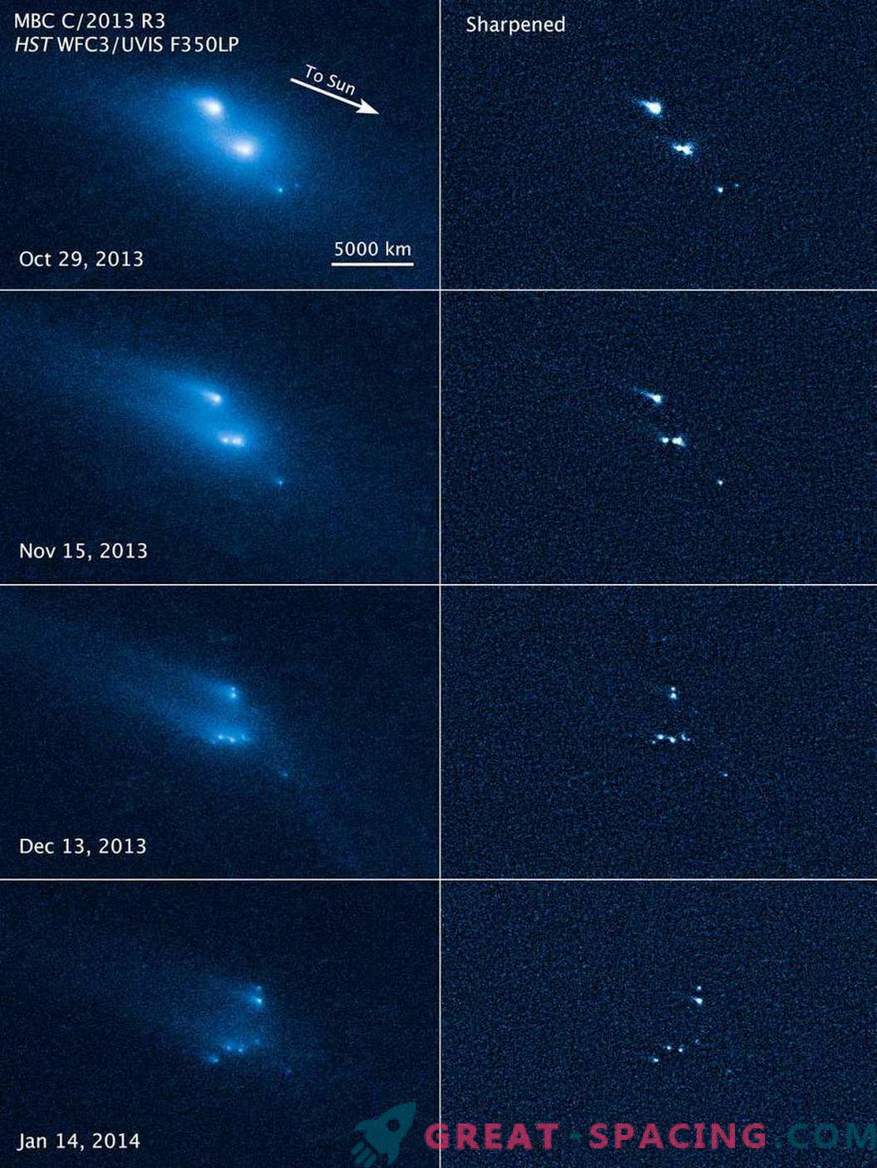
When analyzing data from the Hubble Space Telescope, Jewitt's team was able to distinguish dozens of individual pieces of the asteroid. The four largest pieces are about 400 meters wide, which is about four times the length of a football field.
“This is really a strange thing - we have never seen anything like it before,” says Jessica Agarwal of the Max Planck Institute for Solar System Research in Germany. "There may be several reasons for decay, but Hubble’s observations are sufficiently detailed, so that we can determine the truth with high accuracy."
So what could be the cause of the decay of this asteroid?
Collision scenario already excluded. Maybe the cause of the collapse was the process of degassing the ice of the asteroid? This is unlikely, since there are no heat sources in the asteroid belt that can trigger this process.
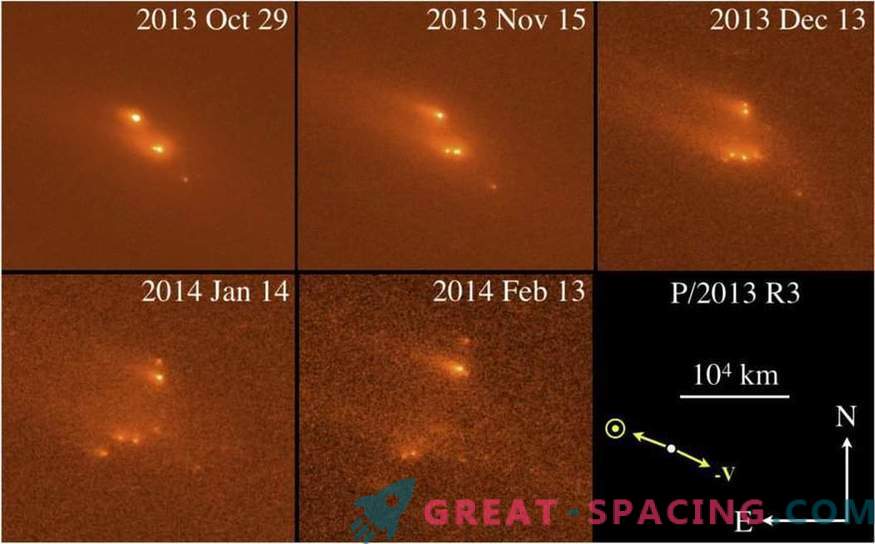
This image shows small pieces of asteroid P / 2013 R3
The leading theory of decay P / 2013 R3 is a bizarre effect called YORP. When solar radiation heats one side of a cosmic lump, heat is radiated strongly enough to make the asteroid begin to rotate. The infrared radiation that is emitted from the dark side of the asteroid gives the asteroid a tiny rotational impulse. For millions of years, this insignificant acceleration effect causes an asteroid to rotate at such a rate that the centrifugal forces literally tear it apart.
While the Hubble Space Telescope continues to study these strange phenomena in the asteroid belt, we can see that some solar wind and millions of years can carry a destructive effect even on large asteroids, which once again proves that the solar system is a dynamic and exciting place.

